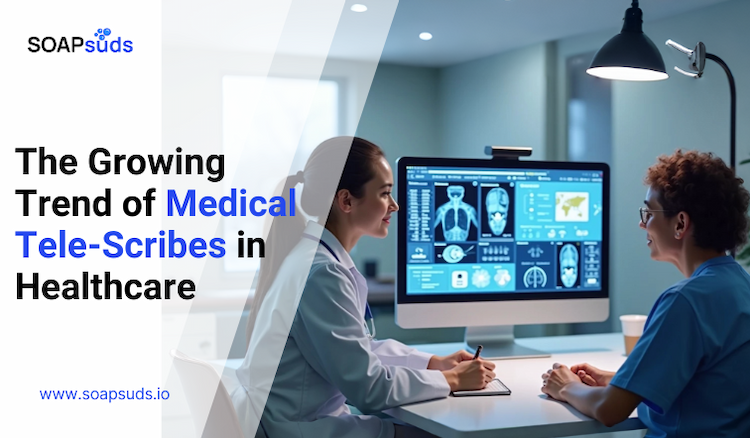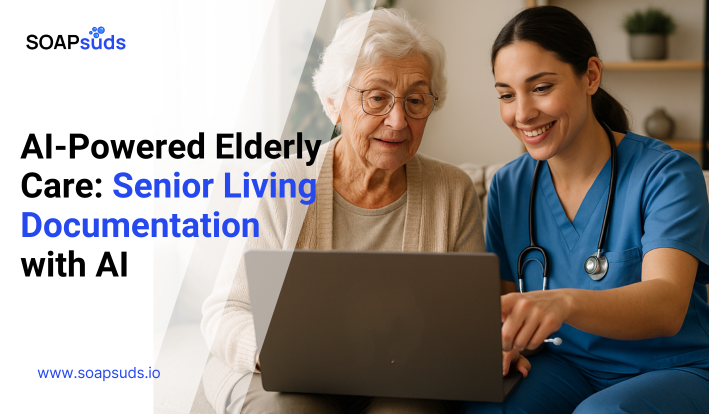5 Underused EHR Features Practices Should Take Advantage Of
SOAPsuds team
Published: 3/13/2025
SOAPsuds team
Published: 3/13/2025

For many years, healthcare experts have been discussing the potential growth of telehealth and its...

We often hear the question: How does a medical scribe help a physician?

Do you often find yourself juggling between different applications, copying patient details, or repeating the...

Since AI emerged in the 1950s, its use across industries has improved work processes, with...

Therapy gives a person a chance to be open about who they truly are. It...

Senior living providers face growing challenges as they care for a rapidly aging population, manage
Clinical Notes
SOAP notes
DAP notes
AI medical notes